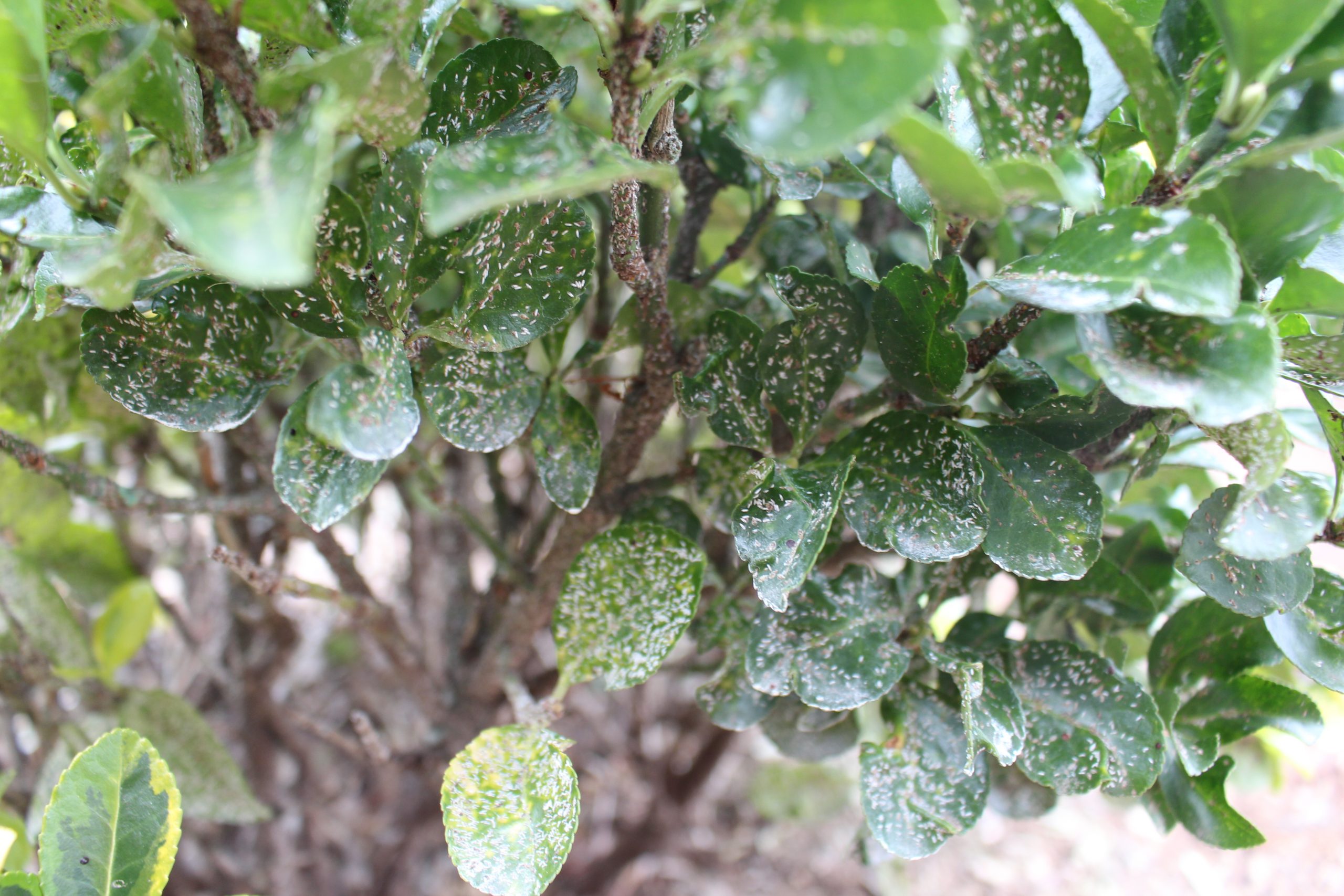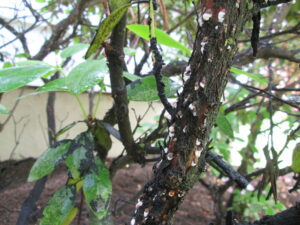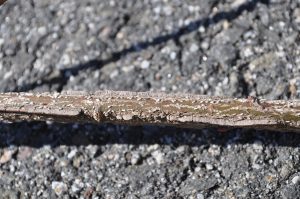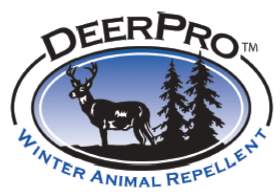Scale Insects on Landscape Plants

Scale insects hiding on plants in New Jersey can cause substantial damage to a homeowner’s landscape. Of the most common insects, scale is a small insect that feeds on sap from many plants. Below we discuss the two main categories of scale insects, the damage they cause, their life cycle and the ways to control the insect.
There are many varieties of scale insects, however all are sap feeding insects and feed on most types of shade trees, fruit trees, and ornamental shrubs. Scale differs from other insects because they feed on trees and shrubs through a mouth piece that pierces the tissue of the plant, similar to a straw. Most notability, these insects get their name from the scale-like covering that conceals their body.
The two types of Scale
The scale species can largely be broken up into two categories: soft scales and armored scales. Soft scales produce a smooth, cotton-like or waxy surface over themselves and is inseparable from the insect’s body. A distinguishing trait for the soft scale insects is that it produces honeydew from excess sap. This honeydew makes leaves and stems appear shiny or wet and attracts ants, flies, bees, wasps, and other similar insects. Armored scales, based on their name, have a hard-flattened shield-like covering that is not actually attached to the body of the insects.
Damage to plants
A large scale infestation on a plant can cause and lead to several problems for the plant. The leaves of the plant can start to wilt and turn yellow in color, the plants could appear weak, unhealthy, and in some plants, it may also cause death of the plant. Scale damage can also lead to overall weakening of the plant. A weakened plant becomes more susceptible to injury from drought, severe winters we often experience in New Jersey, attacks from other insects and disease. Unfortunately, many types of scale insects are hard to see due to their small size and populations of scale build up over years until plant damage is noticeable. This makes noticing scale insects before it is a larger problem very difficult for the average person.
Scale Life Cycle
The scale life cycle is rather simple, the adult females remain in a fixed location and lay eggs under their shield-like scale. As the eggs hatch, the tiny nymphs equipped with legs, eyes and an antenna allows them to walk away from the maternal cover in search for a new feeding site. This life stage of the scale is often referred to as “crawlers” due to their ability to walk or crawl to a new feeding site. From there, when they have found a suitable location to feed, they insert their feeding mouthpart into the plant and begin feeding on the plant’s sap. The shield like covering the scale insect starts to develop after feeding begins. Separately, adult males resemble tiny flying gnats that fly around to find new females for mating. In a given year, scales can go through one or more generations.
Natural Scale Insect Control
Managing the control of these tiny insects can be difficult because their outer covering creates a barrier to traditional insecticides. Although it may sound hard to manage these pets, an integrated approach can provide substantial control to minimize damage to your plants. First there are the biological controls, which includes introducing natural predators and parasitoids to the infested plants that can attack and significantly reduce scale populations. There is also mechanical control, this is only practical on small infestations and on small trees and shrubs. Trying to mechanically remove large infestations on plants may be very difficult.
Chemical Control
Finally, there is chemical control, which is often the most common and effective way to reduce and control scale insects. There are three chemical control strategies that have been effective when used together treating infested plants. First, a dormant oil spray applied to the plant prior to budding in the spring. If you plan on applying your own dormant oil spray, we recommend carefully reading the product’s label because some plants are sensitive to the oil and cannot be sprayed.
Next, is a traditional contact insecticide spray that should be applied when the “crawler” nymph stage of the scale is active. The insecticide is effective for the nymph stage of the insect because they do not yet have an outer protective barrier.
Lastly, a systemic soil injection is an insecticide that circulates through the plant and controls for both crawlers and adult scales. It is important to note that we recommend the use of all three chemical control options when dealing with a scale infestation because they effect the scales at different phases of their life cycle.
Conclusion
Although the scale insect can be difficult to control, a program that address the pest at all aspects of the life-cycle should provide significant results for most scales on the trees and shrubs in landscapes. If you are in our service area and think your landscape is being affected by scale, Fairway Green Inc,’s Tree and Shrub specialists can perform all three applications at the appropriate time of year. If you are interested in receiving a free estimate, please let us know.






